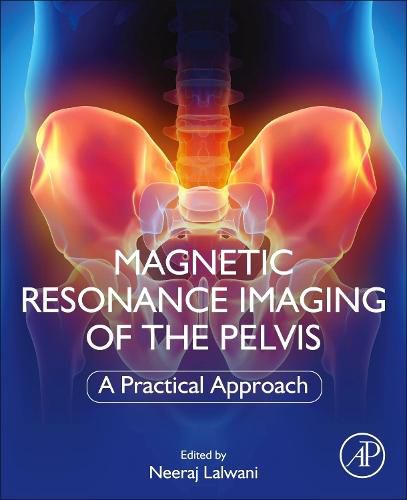Readings Newsletter
Become a Readings Member to make your shopping experience even easier.
Sign in or sign up for free!
You’re not far away from qualifying for FREE standard shipping within Australia
You’ve qualified for FREE standard shipping within Australia
The cart is loading…






Magnetic Resonance Imaging of The Pelvis: A Practical Approach presents comprehensive information on how to deal with commonly encountered pelvic pathologies in males and females using magnetic resonance imaging (MRI). The book’s content is developed by disease-focused experts who share their experience in real-world cases to make the information easily applicable to the clinical setting and research. Sections cover male, female and gender-neutral pathologies, with each chapter emphasizing problem-solving approaches, tips and advice surrounding multiple scenarios. The book also provides comprehensive-yet-tailored protocols, clear guidelines for indications, and descriptions of important differential diagnoses and pitfalls that could be encountered in real-life scenarios.
This is a valuable resource for radiologists, researchers, clinicians and members of the medical and biomedical fields who need to better understand how to use MRI to base their diagnosis and/or advance their research work.
$9.00 standard shipping within Australia
FREE standard shipping within Australia for orders over $100.00
Express & International shipping calculated at checkout
Magnetic Resonance Imaging of The Pelvis: A Practical Approach presents comprehensive information on how to deal with commonly encountered pelvic pathologies in males and females using magnetic resonance imaging (MRI). The book’s content is developed by disease-focused experts who share their experience in real-world cases to make the information easily applicable to the clinical setting and research. Sections cover male, female and gender-neutral pathologies, with each chapter emphasizing problem-solving approaches, tips and advice surrounding multiple scenarios. The book also provides comprehensive-yet-tailored protocols, clear guidelines for indications, and descriptions of important differential diagnoses and pitfalls that could be encountered in real-life scenarios.
This is a valuable resource for radiologists, researchers, clinicians and members of the medical and biomedical fields who need to better understand how to use MRI to base their diagnosis and/or advance their research work.